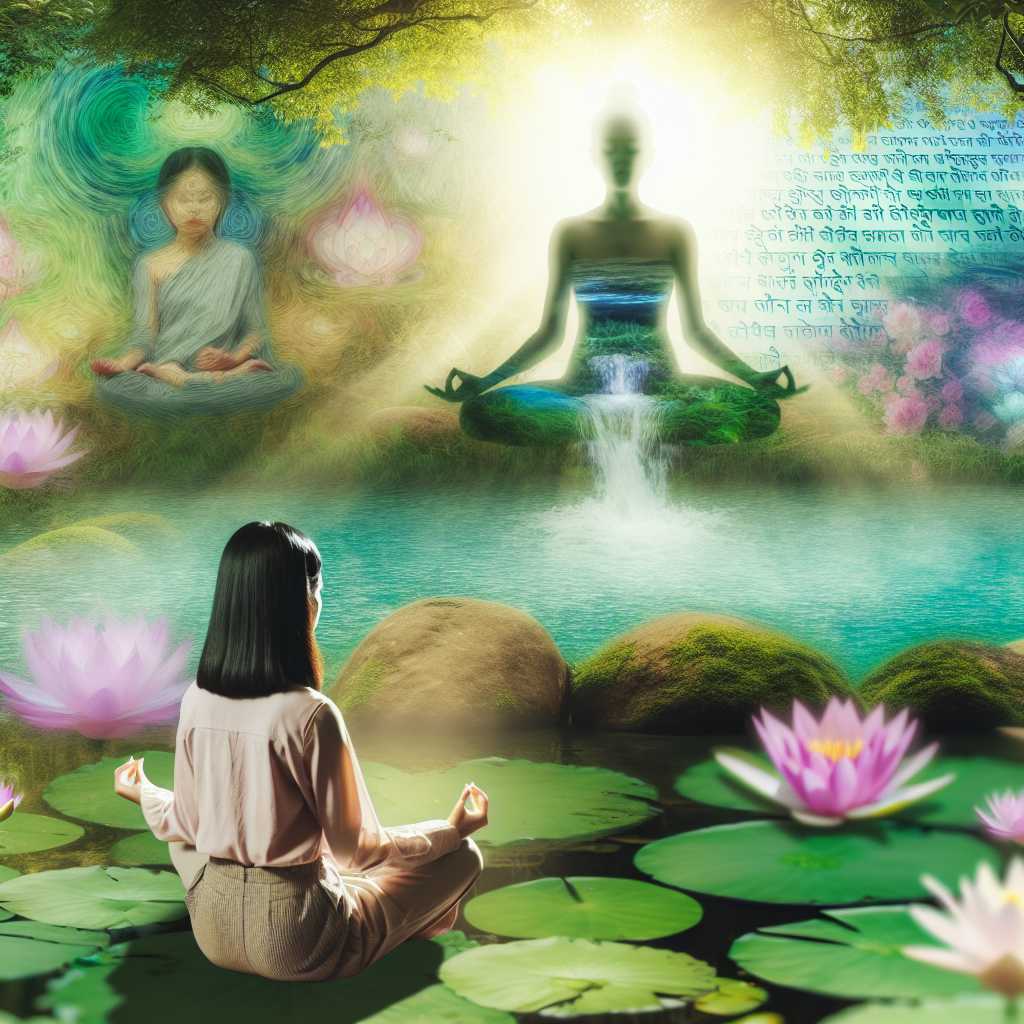In the annals of history, few trade routes have captured the imagination quite like the Silk Road. Stretching over 7,000 miles from the bustling heart of China to the far reaches of Europe, this ancient network of trade routes not only transported goods but also served as a nexus for cultural, technological, and religious exchanges.
While many are familiar with the Silk Road’s role in the exchange of silk, spices, and other precious commodities, the story extends far beyond mere commerce. This extensive network knitted together diverse civilizations, allowing for an unprecedented blend of philosophies, art forms, and scientific discoveries that shaped the course of history.
The Beat of Cultural Exchange
As caravans laden with precious goods wound their way across treacherous terrains and vast expanses of desert, an equally valuable exchange was taking place: the sharing of ideas. Buddhist monks traveled from India to China, spreading Zen tenets and writing which would eventually give rise to Chan Buddhism. Persian musicians and poets traversed these routes, mesmerizing distant courts with tales of heroics and star-crossed lovers, enriching the literary tapestries of the cultures they encountered.
Chinese papermaking techniques found their way west, fundamentally transforming communication and record-keeping in the Islamic world and later in Europe. Such exchanges fueled academic and cultural renaissances across great distances.
Technological Marvels on the Move
The Silk Road was also a corridor of technological innovation. Chinese advancements in metallurgy, including cast iron and the crossbow, reached Europe through these routes, influencing the development of weaponry and tools. The dissemination of gunpowder, another Chinese invention, dramatically altered warfare globally.
One cannot discuss the Silk Road without acknowledging the remarkable maritime discoveries that accompanied terrestrial trade. The compass, for instance, was pivotal to the era’s navigation advancements. Initially a lodestone device, it allowed seafarers—particularly those involved in the Indian Ocean trade network—to sail with greater precision.
The Silk Road Today: Modern Revelations
In today’s world, the Silk Road’s legacy persists not merely as a relic of the past but as an ongoing inspiration for globalization initiatives. Projects like China’s Belt and Road Initiative aim to revive these ancient trade routes, fostering economic collaboration and cultural exchange on a massive scale.
Modern archaeology continues to unravel the Silk Road’s secrets, offering fresh insights into ancient interactions. Recent discoveries of textiles and ornaments adorned with motifs from distant lands highlight the intricate web of cross-cultural influences that defined this epoch.
As we look towards the future, the lessons of the Silk Road remind us of the unparalleled potential of collaboration across borders. It was the ceaseless curiosity and resilient spirit of those early traders and travelers that forged bridges between civilizations. Today, as then, the courage to embrace cultural diversity remains key to building a prosperous, interconnected world.
The Silk Road stands as a testament to the power of interconnectedness—an ancient network with a modern message of unity and shared development.


